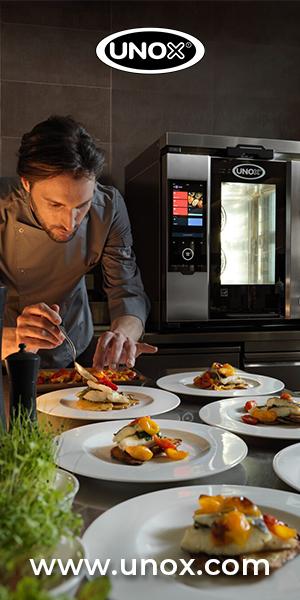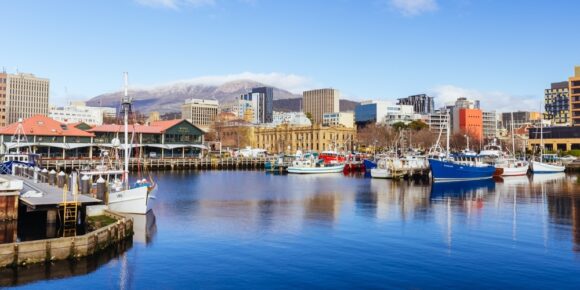Australian hospitality is at a crossroads. New data from payments company Tyro’s 2025 Eat Pay Love report shows how cost-of-living pressures are fundamentally altering the way Australians eat, drink, and socialise—while simultaneously threatening the viability of the venues they frequent.
The study of more than 1,000 consumers and hospitality operators reveals an industry grappling with inflation, changing consumer habits, and regulatory pressures that could force widespread closures.
The end of the shout?
Perhaps no finding better illustrates the seismic shift in Australian social culture than the decline of the traditional ‘shout’.
A staggering 35% of Australians say they’re now less likely to buy a round compared to a year ago, with cost-of-living pressures driving 49% to adjust their drinking habits over the past 12 months.
The generational divide in avoiding this social obligation is striking. Millennials lead the charge in using technology to sidestep shouting, with 42% admitting they’ve used QR code ordering to avoid buying rounds for friends—significantly higher than any other generation.
This behavioural shift represents more than just reduced revenue for venues; it signals a fundamental change in how Australians socialise and the role hospitality plays in community connection.
Aussies keep wallets closed
Australian tipping culture has become even more pronounced, with 67% of consumers claiming they never tip.
Among those who tip, 14% are reducing their gratuity amounts, adding another layer of revenue pressure for venues already struggling with rising costs.
Is holiday trading under threat?
The debate over public holiday surcharges has reached a critical point, with potentially devastating consequences for the industry. A shocking 39% of small businesses say they would stop weekend and public holiday trading entirely if surcharging was banned, while 8% warn they would close permanently as weekend revenue is essential to their survival.
Beau Baddock, owner of Agrestic Grocer and Café in Orange, NSW, captures the dilemma facing operators: “Holiday surcharging isn’t about making a profit, it’s about ensuring I can pay my hardworking staff their wages…if we don’t on-charge our extra wage costs, we’d have to close.”
The consumer response is mixed but concerning.
While 27% of Australians say they’d be more accepting of holiday surcharges if they knew it helped keep businesses open, 43% dislike the charges despite accepting their necessity, and 32% actively avoid venues that impose them.
Generationally, the support varies dramatically.
Gen Z and Baby Boomers represent more than 50% of those willing to pay holiday surcharges, while only 19% of Millennials are happy to pay extra.
Card surcharge controversy intensifies
The card surcharge debate adds another layer of complexity, with only two in 10 Australians happy to pay card fees even if it means keeping their local venue open.
If card surcharging were banned, 25% of small business owners say they would consider raising menu prices across the board—a move that could further dampen consumer demand.
Price expectations signal a major market shift
The research reveals a stark disconnect between what consumers are willing to pay and what operators believe they need to charge.
While the average Australian remains comfortable paying $5.50 for takeaway coffee, nearly 80% of hospitality operators expect coffee prices to rise to between $6-$7.
The beer market shows similar tensions, with 74% of operators expecting a local schooner to exceed $10 by the end of 2025, while consumer willingness to pay averages just $8.80—though this does represent a 7.3% increase since June 2024.
Generational spending patterns reveal the industry’s challenge in balancing pricing across demographics:
- Gen Z will pay up to $6.90 for coffee and $11 for beer
- Millennials cap spending at $5.70 for coffee and $9 for beer
- Gen X draw the line at $5.10 for coffee and $8.50 for beer
- Baby Boomers limit spending to $5 for coffee and $7.80 for beer
Menu favourites remain consistent
Despite all the upheaval, some things remain reassuringly constant.
The Espresso Martini has emerged as Australia’s most-ordered drink over the past five years, reflecting the enduring appeal of premium cocktails.
The top five drinks (Espresso Martini, Corona, Aperol Spritz, Margarita, and Stone & Wood Pacific Ale Pint) suggest consumers still seek quality experiences, even if less frequently.
Food preferences remain equally traditional, with Chicken Schnitzel, Chicken Parmigiana, Steak Sandwich, Margherita Pizza, and Fish & Chips topping the list, comfort foods that offer perceived value during uncertain times.
Industry is at an inflexion point
Remarkably, despite the mounting pressures, 75% of small business owners remain confident their businesses will succeed in the next year. However, this optimism is tempered by significant concerns, with more than half worried about ongoing inflation and reduced customer spending, while 28% cite rising interest rates as a major concern.
Tyro’s research paints a picture of an industry in transition, where traditional Australian hospitality culture meets economic reality. The data suggests that while consumer loyalty exists, it’s increasingly conditional on value and necessity rather than social tradition.
For operators, the message is clear: survival may depend on navigating a complex web of consumer price sensitivity, regulatory challenges, and changing consumer behaviours whilst maintaining the community connections that keep customers coming back—even if they’re buying fewer rounds and leaving smaller tips.
The coming year will likely determine whether Australian hospitality can adapt to this new reality or if the economic pressures prove too great for many venues to overcome.
The Tyro Eat Pay Love 2025 report surveyed over 1,000 Australian consumers and hospitality operators to understand current dining and hospitality trends.







